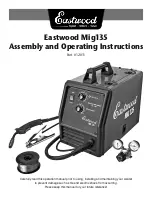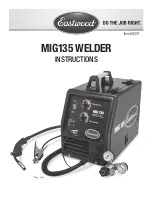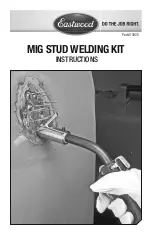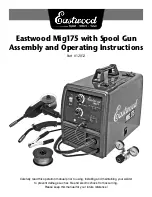
LINEAR FUSIBLE LINK DETECTION NETWORK OF SPOT DETECTORS
The standard spot detection system may be installed in a manner that will yield linear detection for the entire
length of the hood without concern for where the appliance is located under the hood.
Why would I use this method over the lanyard linear fusible link system?
1.
You want linear detection for the full length of hood but the limit of twenty links is not enough for the
length of hood being protected.
2.
You are protecting two hood and they are back to back, the lanyard system must be installed in a
straight line.
3.
You have two hoods that are end to end but one of the hoods only has one appliance requiring
protection. The lanyard system is used for total linear detection of the entire hood. This version of
detection allows you to use total linear hood detection on one hood and spot detection on the
second hood.
This is accomplished by installing the link brackets so that there is a link no more than 24” from each end of the
hood and no more than 24” between each successive link center. You must locate one link in the hood / duct
opening.
The limitations on the amount of cable and links that can be used in the system are the same as that for the
standard spot detection system.
Limitations:
Maximum of 30 corner pulleys. (Either style)
Maximum of 30 detectors (any combination of temperature settings)
Maximum of 200 feet of cable in the detection network.
No Tee Pulleys are allowed
Remote manual pulls are not allowed on the detection network.
Maximum of 1 conduit offset (must be located at the Mechanical Release Module)
24" MAX.
24" MAX.
24" MAX.
24" MAX.
MRM II
HOOD
EXHAUST
DUCT
ONE LINK MUST BE IN THE
HOOD / DUCT OPENING
December 2008
Section 3
KP Design
Page 3 – 35
Amerex Restaurant Fire Suppression System (EX 4658)
















































